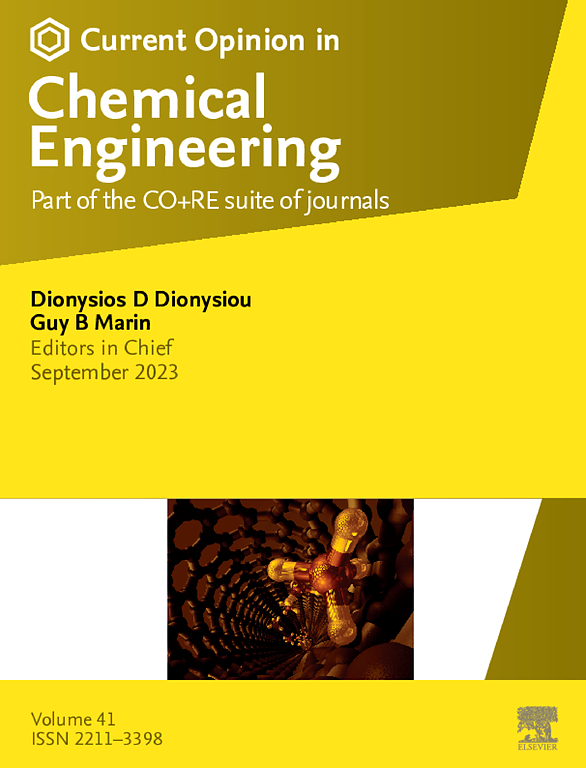农业土壤中的微塑料和抗生素:共同污染的机制和影响
IF 6.8
2区 工程技术
Q1 BIOTECHNOLOGY & APPLIED MICROBIOLOGY
引用次数: 0
摘要
微塑料(MPs)、抗生素和抗生素抗性基因(ARGs)对农业土壤的共同污染是一个新兴的环境问题,具有重大的生态和公共卫生影响。本文综述了MPs和抗生素/ARGs在土壤系统中共存的来源、相互作用和后果。农业实践,如施用粪肥、废水灌溉和污水污泥修正,是造成这种共同污染的主要原因。MPs不仅作为物理载体,还通过吸附、老化和生物膜形成等过程与抗生素和ARGs积极相互作用,促进耐药基因的出现和传播。这些相互作用破坏了土壤的理化性质和微生物群落,损害了土壤健康,降低了作物生产力。此外,食用植物中MPs和ARGs的积累引起了人们对人类通过食物链暴露的担忧。新出现的证据表明,这种暴露与健康风险有关,包括代谢、心血管、神经和胃肠道疾病。了解这种共同污染背后的机制对于为风险评估提供信息和指导缓解战略以保护土壤生态系统和公众健康至关重要。本文章由计算机程序翻译,如有差异,请以英文原文为准。
Microplastics and antibiotics in agricultural soil: mechanisms and implications of co-contamination
The co-contamination of agricultural soils by microplastics (MPs), antibiotics, and antibiotic resistance genes (ARGs) is an emerging environmental concern with significant ecological and public health implications. This review explores the sources, interactions, and consequences of MPs and antibiotics/ARGs co-occurrence in soil systems. Agricultural practices, such as manure application, wastewater irrigation, and sewage sludge amendment, are primary contributors to this co-contamination. MPs not only serve as physical vectors but also actively interact with antibiotics and ARGs through processes like adsorption, aging, and biofilm formation, enhancing the emergence and dissemination of resistance genes. These interactions disrupt soil physicochemical properties and microbial communities, impairing soil health and reducing crop productivity. Furthermore, the accumulation of MPs and ARGs in edible plants raises concerns about human exposure through the food chain. Emerging evidence links such exposure to health risks, including metabolic, cardiovascular, neurological, and gastrointestinal disorders. Understanding the mechanisms underlying this co-contamination is critical for informing risk assessments and guiding mitigation strategies to protect soil ecosystems and public health.
求助全文
通过发布文献求助,成功后即可免费获取论文全文。
去求助
来源期刊

Current Opinion in Chemical Engineering
BIOTECHNOLOGY & APPLIED MICROBIOLOGYENGINE-ENGINEERING, CHEMICAL
CiteScore
12.80
自引率
3.00%
发文量
114
期刊介绍:
Current Opinion in Chemical Engineering is devoted to bringing forth short and focused review articles written by experts on current advances in different areas of chemical engineering. Only invited review articles will be published.
The goals of each review article in Current Opinion in Chemical Engineering are:
1. To acquaint the reader/researcher with the most important recent papers in the given topic.
2. To provide the reader with the views/opinions of the expert in each topic.
The reviews are short (about 2500 words or 5-10 printed pages with figures) and serve as an invaluable source of information for researchers, teachers, professionals and students. The reviews also aim to stimulate exchange of ideas among experts.
Themed sections:
Each review will focus on particular aspects of one of the following themed sections of chemical engineering:
1. Nanotechnology
2. Energy and environmental engineering
3. Biotechnology and bioprocess engineering
4. Biological engineering (covering tissue engineering, regenerative medicine, drug delivery)
5. Separation engineering (covering membrane technologies, adsorbents, desalination, distillation etc.)
6. Materials engineering (covering biomaterials, inorganic especially ceramic materials, nanostructured materials).
7. Process systems engineering
8. Reaction engineering and catalysis.
 求助内容:
求助内容: 应助结果提醒方式:
应助结果提醒方式:


